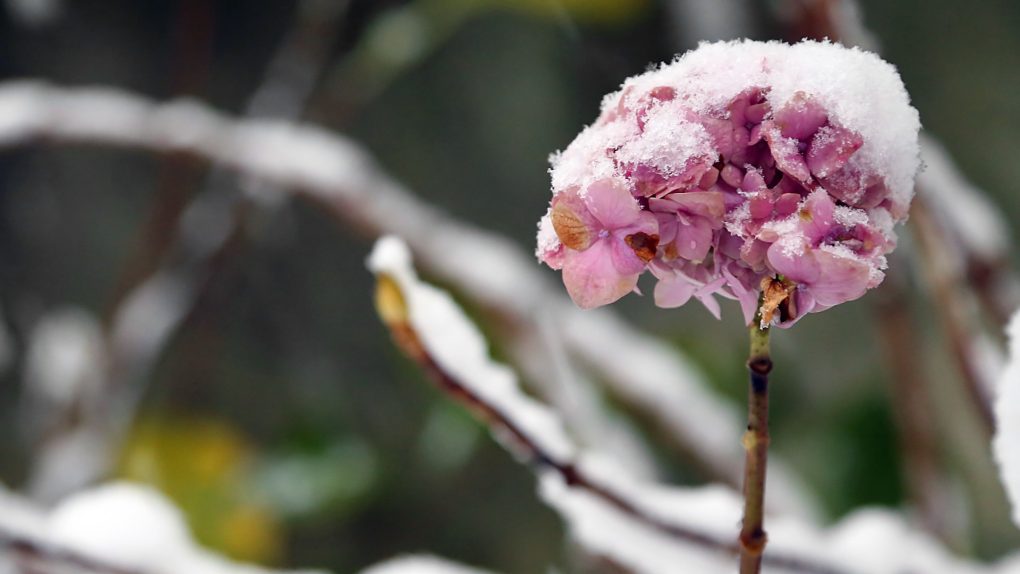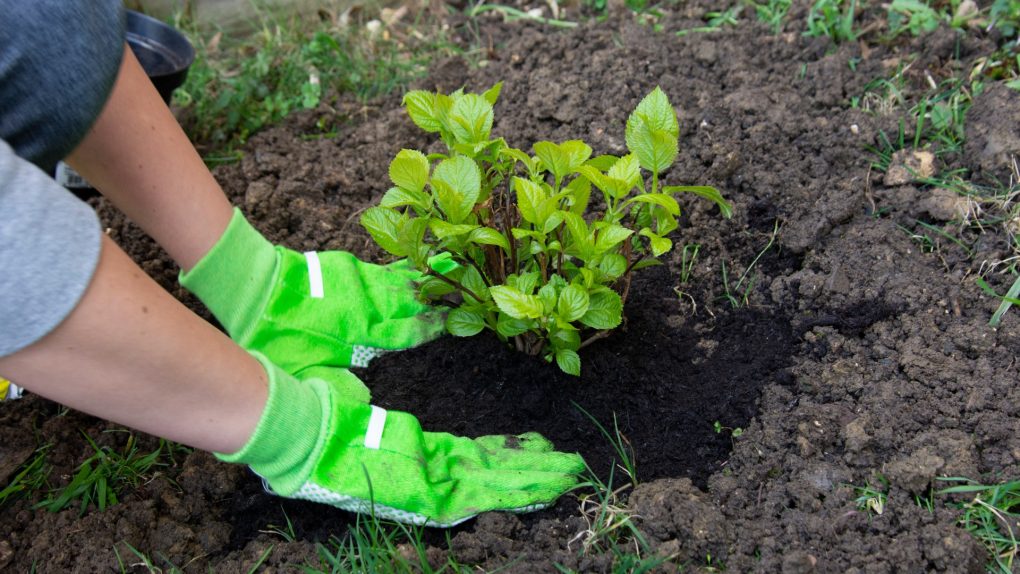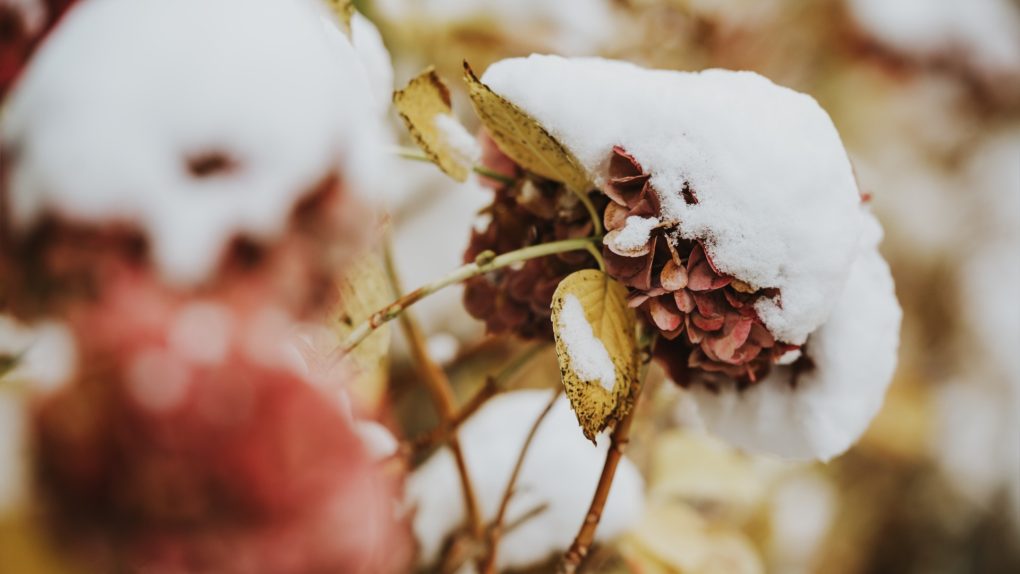When Do Hydrangeas Go Dormant: A Guide to Understanding the Dormancy of Hydrangea Plants
Hydrangeas go dormant in the late fall and winter months when the temperatures drop and daylight hours decrease. However, dormancy is natural for hydrangeas to conserve energy during these colder months and prepare for the upcoming growing season.

Different hydrangea species have slight variations in dormancy time, but generally, they enter this rest period after they’ve finished blooming and their leaves have fallen. During dormancy, hydrangeas require minimal care, as their growth and metabolic processes are slowed. This allows the plant to survive harsh weather conditions until warmer temperatures and longer days return, when they resume growth and bloom again in the spring.
Table of Contents
Factors That Affect Dormancy in Hydrangeas
Various factors influence dormancy in hydrangeas. Understanding these factors is crucial for successfully managing the dormancy period of these beautiful flowering plants. In this section, we will explore the key elements that impact the dormancy cycle of hydrangeas and provide actionable tips for ensuring their healthy growth.
1. Temperature
Temperature plays a significant role in hydrangea dormancy. Cold temperatures trigger the onset of dormancy, signaling the plant to conserve energy and enter a rest phase. When exposed to prolonged cold conditions, hydrangeas enter a deep dormancy state, during which they remain inactive until warmer temperatures return. On the other hand, warmer temperatures can stimulate hydrangeas to break dormancy and resume active growth.
2. Light Exposure
Light exposure is another critical factor affecting hydrangea dormancy. Reduced daylight hours in fall and winter signal to hydrangeas that it is time to enter dormancy. Adequate darkness during this period allows the plant to conserve energy and prepare for the upcoming growth season. On the contrary, exposure to prolonged artificial light or bright indoor lighting can disrupt the dormancy cycle, leading to suboptimal growth and bloom.
3. Watering and Moisture Levels
Proper watering and moisture management are essential for maintaining hydrangea dormancy. During the dormant period, it is important to reduce watering frequency to avoid over-saturating the soil. However, ensuring that the plant stays dry out is crucial. Providing occasional deep watering helps hydrangeas maintain adequate moisture levels without promoting active growth. Well-draining soil and proper mulching also aid in moisture regulation and prevent soggy conditions that can harm the plant during dormancy.

4. Nutrient Availability
Nutrient availability significantly influences hydrangea dormancy. As the plant prepares for dormancy, providing a slow-release fertilizer specifically formulated for hydrangeas is beneficial. This helps ensure the plant receives the nutrients for healthy growth during the dormant period. However, excessive fertilization during dormancy should be avoided, as it can stimulate premature growth and hinder the plant’s ability to enter a proper rest phase.
5. Pruning and Maintenance
Pruning and general maintenance practices can impact hydrangea dormancy. Late-season pruning, typically performed after the plant has gone dormant, helps remove dead or damaged branches and promotes overall plant health. However, excessive pruning during dormancy can disrupt the plant’s natural growth cycle. Following proper pruning techniques and timing guidelines specific to hydrangeas is advisable to ensure optimal dormancy and subsequent growth.
How to Determine if Hydrangeas are Dormant
When understanding the dormant phase of hydrangeas, there are a few key indicators to look out for. First, by observing these signs, you can easily determine whether your hydrangea plant is in a dormant state or not.
Here are the key factors to consider:
1. Leaf Appearance
During the dormant period, hydrangea plants tend to lose their leaves. The foliage will either turn yellow or brown before eventually dropping off. If you notice a significant reduction in leaf presence or a color change, it indicates that your hydrangeas are entering their dormant phase.
2. Stunted Growth
When hydrangeas are dormant, their growth rate slows down significantly. However, if you observe minimal to no new growth, such as the absence of new shoots or buds, it strongly indicates that your hydrangeas are dormant.
3. Pruning Response
Another way to determine dormancy is observing how the plant responds to pruning. Dormant hydrangeas will display minimal to no reaction when pruned, as they have entered a restful state. If you notice little to no regrowth or delayed response after pruning, it suggests that your hydrangeas are in a dormant period.
4. No Flowering
Hydrangeas typically produce vibrant blooms during their active growth phase. However, during dormancy, the plant’s energy is directed towards conserving resources rather than producing flowers. If your hydrangea fails to produce any blooms or shows a significant decrease in flowering, it indicates dormancy.
5. Winter Conditions
Hydrangeas commonly enter dormancy as a response to colder temperatures and winter conditions. If you live in an area where winter brings frost, snow, or freezing temperatures, your hydrangeas will likely go dormant during this time. The onset of winter weather is a reliable cue that your hydrangeas are entering their rest phase.
By watching for these signs, you can easily determine whether your hydrangeas are in a dormant state or growing. Understanding the dormancy cycle of your hydrangeas will help you provide appropriate care and ensure their health and vitality throughout the year.

How to Prepare Hydrangeas for Dormancy
Hydrangeas are deciduous plants that go dormant during the winter months. Preparing them for dormancy is essential to ensure they survive the cold weather and come back strong in the spring. Here are some tips on how to prepare hydrangeas for dormancy:
1. Watering: Hydrangeas need adequate water to prepare for dormancy. Water them deeply before the first frost to ensure they have enough moisture to sustain them through the winter. You should avoid overwatering, however, as this can cause root rot.
2. Pruning: Pruning is not necessary for hydrangeas to go dormant, but it can help them come back stronger in the spring. Remove any dead or diseased wood, and trim back any overgrown branches. However, avoid heavy pruning as this can stimulate new growth, which frost can damage.
3. Mulching: Mulching is important in preparing hydrangeas for dormancy. You can apply organic mulch, such as leaf shreddeds or bark, around the base of the plant. Insulating the roots will keep them safe from the cold weather.
4. Fertilizing: Fertilizing is not necessary for hydrangeas to go dormant. It is best to avoid fertilizing them in the fall as this can stimulate new growth, which can be damaged by frost; instead, wait until the spring to fertilize.
5. Protection: Protecting hydrangeas from the elements is important to ensure winter survival. Cover them with burlap or frost cloth to protect them from harsh winds and frost. However, avoid wrapping them too tightly as this can cause damage to the branches.
